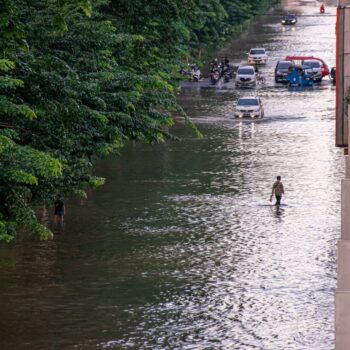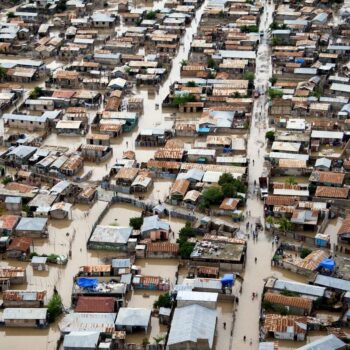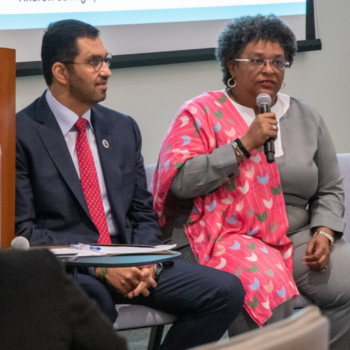Cheap, clean energy technologies alone will not be enough to deliver climate safety. If countries are to act in their national interest to accelerate the phase-out of global greenhouse gas emissions, then we need stronger political debates around climate risk.
Our work focuses on developing and promoting climate risk management models for good governance. We believe in building stronger physical, social and economic resilience to address climate mitigation.
We work across international institutions including the United Nations and Multilateral Development Banks. Our geographic expertise is rooted in Europe, the United Kingdom, the United States, Latin America and the Middle East and North Africa.
Our aim is to see climate risk effectively integrated into top level decision making as well as all public and private sector investments become resilient to ensure climate safety for all.
Track record
- Our risk management framework in Degrees of Risk directly influenced the climate risk management strategies of multiple governments and institutions.
- We helped drive and shape reform to improve UN and International Financial Institutions climate policies.
- Through our work on the UN Climate Action Summit, we helped set the international agenda on climate resilience.





